#brushturkey
Explore tagged Tumblr posts
Text
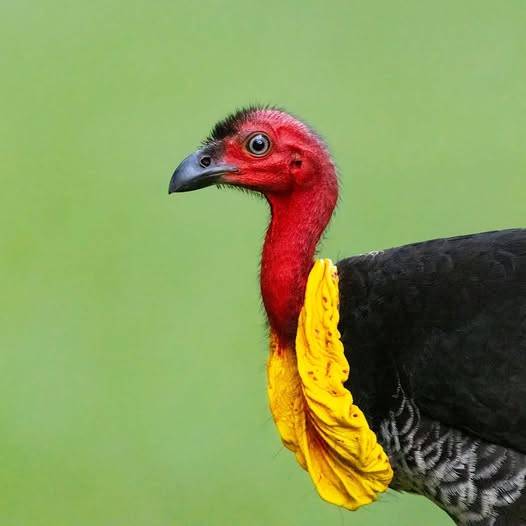
Australian Brushturkey (Alectura lathami), male, family Megapodidae, order Galliformes, Australia
Photograph by Ruben Montero
392 notes
·
View notes
Text
Great Backyard Bird Off - Australia (poll 1)


Bird Info & Submission Reasons
Australian brushturkey (Alectura lathami)
"they are a very common backyard bird where I live, I can currently see one out my window. they're so distinctive, they build giant mounds, essentially compost heaps to lay eggs in, rather than sitting on them. the male is the one who does the nest-tending, and will sometimes protect his young after they hatch. the babies also are born fully fledged, as soon as they're dry they can fly!"
"brush turkeys are like the definition of backyard bird I think they're always chillin out there I look out my window and see some sort of beast pass and its either a cat or a brush turkey. they are straight up walking around"
Welcome Swallow (Hirundo neoxena)
"These guys are the sweetest little heralds of warmer weather. I love hearing them chatter on the neighbour's roof :)"
Small swallow with long forked tail. Dark above, pale below, with a rusty breast and face. In Australia, much less common Barn Swallow has a dark chest band and is much paler below, including parts of the underwing. Common bird across open habitat, where it feeds on insects above parks, sporting fields, wetlands, and other open areas. Perches on fence rows and utility lines in large numbers. (eBird)
also found in New Zealand
Image Sources: brushturkey (Mark and Angela McCaffrey), swallow (Terence Alexander)
#Great Backyard Bird Off#bird poll#animal poll#Australian birds#oceania birds#australasian birds#australian brushturkey#brushturkey#welcome swallow
37 notes
·
View notes
Note
can i pls get a b(r)ush turkey to honour the nest they made around the corner from my house...
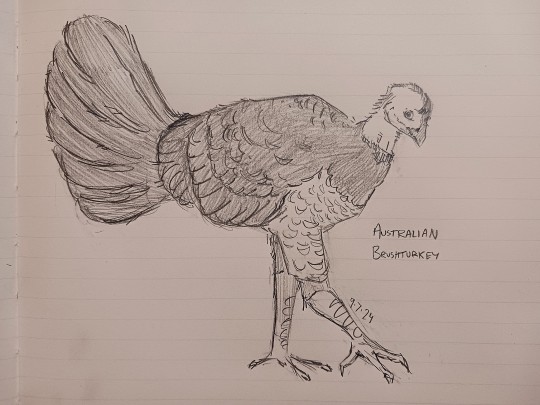
This guy was tough to draw 😭😭 but good practice!!
110 notes
·
View notes
Text
Round 3 - Reptilia - Galliformes
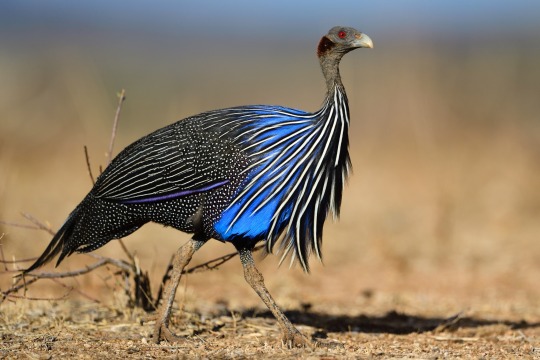
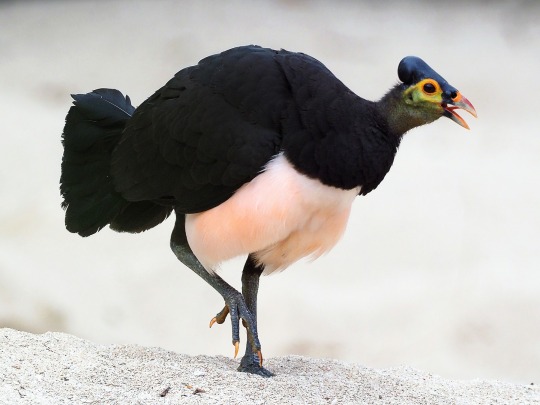

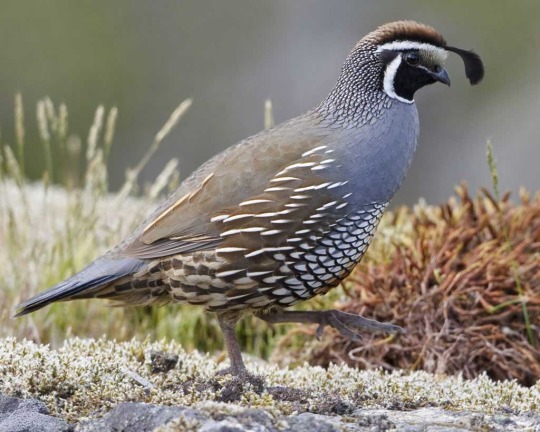
(Sources - 1, 2, 3, 4)
Our next order of birds are the ancient Galliformes, known collectively as “landfowl”. The order contains five families: Megapodiidae (megapodes), Cracidae (“curassows”, “guans”, and “chachalacas”), Odontophoridae (“New World quails”), Numididae (“guineafowl”), and Phasianidae (“pheasants”, “grouse”, “partridges”, “junglefowl”, “turkeys”, “Old World quail”, and “peafowl”).
Many gallinaceous species have rounded bodies and blunt wings. They are typically skilled runners and escape predators by running rather than flying, only using their wings to fly up to trees to roost or escape a predator when cornered. Galliforms are anisodactyl, with three toes that point forward and one that points backward, and some of the adult males also grow spurs that point backwards, which they use for fighting. They are usually omnivorous, feeding on fruits, seeds, leaves, shoots, flowers, tubers, roots, insects, snails, worms, lizards, snakes, small rodents, and eggs, depending on species. Galliforms are mainly nonmigratory. They can be found worldwide in a variety of habitats, including forests, deserts, and grasslands.
Galliforms have diverse mating strategies: some are monogamous, while others are polygamous or polygynandrous. Males of many galliform species are more colorful than the females, with often elaborate courtship behaviors that include strutting, fluffing of tail or head feathers, and vocal sounds. They breed seasonally in accordance with the climate and lay 3 to 16 eggs per year in nests built on the ground or in trees. Females usually brood the eggs, except for the megapodes.
Fossils of galliform-like birds originate in the Late Cretaceous. These ancestors of the galliformes were a niche group of dinosaurs that were toothless and ground-dwelling. When the asteroid impact killed off all non-avian dinosaurs, as well as the dominant birds, Enantiornithes, the ancestors of galliformes were small and lived in the ground which protected them from the blast and ensuing destruction, becoming the new dominant birds along with waterfowl. Modern galliformes originated in the Eocene, around 55 million years ago.
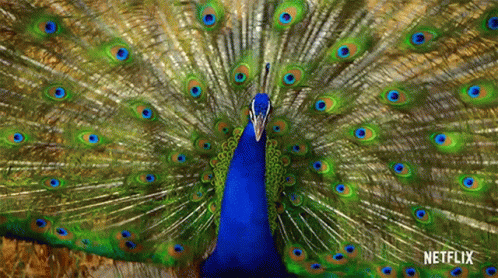
Propaganda under the cut:
The megapodes are unique among birds for their nesting behavior. Instead of sitting on their eggs, they build large mounds of decaying plant matter over them. The male will attend the mound, adding or removing litter to regulate the internal heat while the eggs develop. The Maleo (Macrocephalon maleo) (image 2) is most known for burying its eggs in a hole in the sand, allowing the eggs to be incubated by geothermal or solar energy heating up the sand. They leave the eggs once they are laid, and never return. Megapode chicks are the most precocial of all birds, digging their way out of the nest or ground with their powerful claws. They hatch fully feathered and active, already able to fly and live independently from their parents.
The Australian Brushturkey (Alectura lathami) is the largest living megapode. It is sometimes considered a pest, as it may take mulch for its nest or rake up gardens searching for food. However, it is fully protected in Queensland and New South Wales, and harming one of the unique birds can result in a fine of up to 3000 penalty units ($483,900), or two years imprisonment.
The endangered Horned Guan (Oreophasis derbianus) looks like this:

(source)
The critically endangered Blue-billed Curassow (Crax alberti) once used to range all across Northern Colombia, but is now reduced to small, fragmented populations, with the only known viable population existing in the Serranía de las Quinchas area in the Magdalena Valley. Its population is estimated to be fewer than 1,500 mature individuals. They are threatened due to habit loss, occurring from widespread use of herbicides by the Colombian government. Forests have also been cleared for agriculture, livestock, oil extraction, and mining. Around 98% to 99% of Blue-billed Curassow habitat has been lost. The birds are also hunted, and studied populations are not estimated to survive another 100 years if hunting continued. Thankfully, some reserves have been created and captive breeding has been successful. Now time will tell if the Blue-billed Curassow can be saved.
The iconic California Quail (Callipepla californica) (image 4) was selected as the state bird of California in 1931. They are highly social birds, gathering in small flocks known as "coveys". One of their daily communal activities is dust bathing.
One of the most well-known quails in North America, recognized by their characteristic whistling call, is the Northern Bobwhite (Colinus virginianus). The Northern Bobwhite is considered near threatened, and their populations have declined by around 85% since 1966. One subspecies, the Masked Bobwhite (Colinus virginianus ridgwayi), is endangered, and have been extirpated from Arizona twice. The decline is mainly due to changes in how land is managed. Northern Bobwhites depend on early successional habitat, that requires fire or some other disturbance to be revitalized. These habitats have the forbs, legumes and insects that bobwhite need for food and the heavy or brushy cover for nesting, brooding and safety. To help reverse bobwhite declines, NRCS (Natural Resources Conservation Service) is working with private landowners to manage their land for high-quality habitat in grasslands and pine savannas.
The Helmeted Guineafowl (Numida meleagris) was domesticated in Western Africa, and there is evidence that Domestic Guineafowl were present in Greece by the 5th century BC. The birds are kept for meat and eggs, but today are mostly kept for pest control, as they are avid eaters of ticks, wasps, and other insects. They are also kept as guard animals with other livestock, as they give a loud, shrill warning call when predators are seen. Feral populations descended from domestic flocks are now widely distributed and occur in the West Indies, North America, Australia, and Europe.
Unusually for galliforms, the Crested Partridge (Rollulus rouloul) will feed its young bill-to-bill, rather than teach it to peck at the ground, and both parents engage in this feeding behavior.
The Tragopans are also known as “horned pheasants”, due to the male’s courtship display in which he will inflate large, vividly colored horns on his head and a lappet on his chest.
The Himalayan Monal (Lophophorus impejanus) is the national bird of Nepal, and the males are one of the most colorful birds in the world, covered in patches of iridescent blue, purple, green, and red.
The Willow Ptarmigan (Lagopus lagopus) is the state bird of Alaska and has gained recent internet notoriety for its “awebo” call. They are known for changing color from brown to white in the Winter, and have remained relatively unchanged since the Pleistocene.
The largest galliform is the Wild Turkey (Meleagris gallopavo) which may weigh as much as 14 kg (30.5 lb) and may exceed 120 cm (47 in).
The Western Capercaillie (Tetrao urogallus) is a large grouse species, and is extremely sexually dimorphic, with males being nearly twice the size of females. Males are known for their combative behavior during the breeding season, even challenging and chasing off humans who enter their territory.
The critically endangered Edwards's Pheasant (Lophura edwardsi) may be extinct in the wild. The pheasants declined due to deforestation and hunting, but a major blow to their population was the use of defoliant herbicides used during the Vietnam War. The herbicides were sprayed by the United States to deprive the Vietnam soldiers of food crops and/or hiding cover. They also deprived the pheasants of food and shelter. There have been no confirmed sightings of a living individual in the wild since 2000. In 2018, a photograph of a dead female Edwards's Pheasant was taken near Phong Điền Nature Reserve, providing evidence that the pheasants may persist in the wild on the reserve. Thankfully, the pheasants breed readily in human care, and assurance populations are being prepared for release back into the wild.
The Domestic Chicken (Gallus gallus domesticus) was domesticated in Southeast Asia around 8,000 years ago, from the Red Junglefowl (Gallus gallus). They are kept for meat, eggs, as pets, and for cockfighting. Their domestication has led to them being the most widespread and successful birds in the world, with a total population of 26.5 Billion as of 2023, and an annual production of more than 50 Billion birds.
The smallest galliform is the King Quail (Synoicus chinensis), which is around 12.7cm (5in) long and weighs 28–40 g (1–1.4 oz).
123 notes
·
View notes
Text
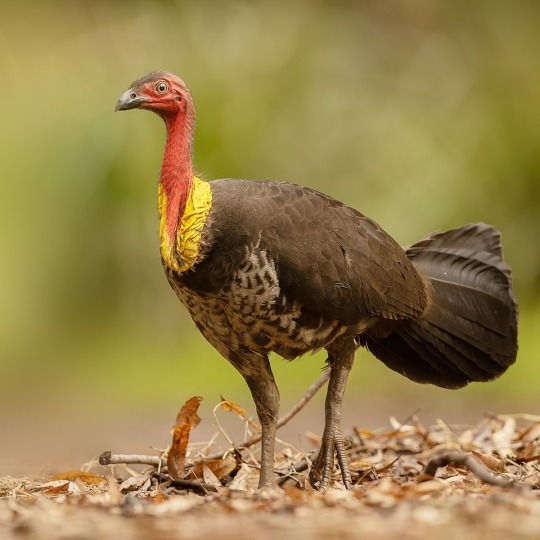
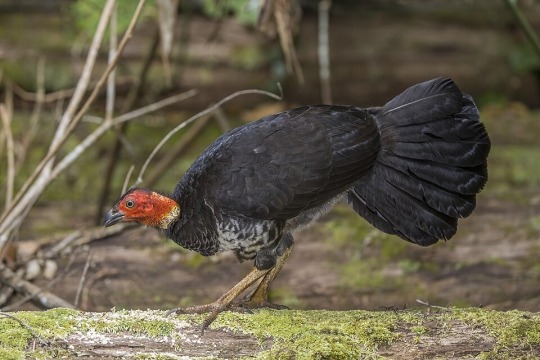
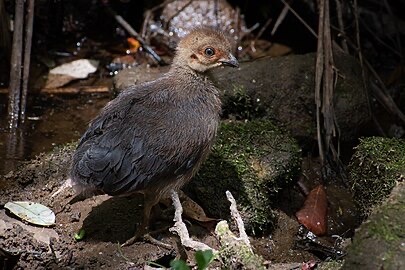
Range: Eastern Australia
#poll#Class: Aves#Order: Galliformes#Family: Megapodiidae#Genus: Alectura#Alectura Lathami#Range: Australasian
40 notes
·
View notes
Note
brushturkeys are Such animals. one time I saw one carefully reconnoiter and then sneak up behind someone at the beach to open their half-zipped food bag and drag out a loaf of bread
That's DELIGHTFUL.
218 notes
·
View notes
Note
how about 42, the answer to life, the universe, and everything?
Pegomastax
Huayangosaurus
Antarctopelta
Struthiosaurus
Anodontosaurus
Dryosaurus
Bolong
Velafrons
Saurolophus
Prenocephale
Leptoceratops
Medusaceratops
Kosmoceratops
Pantydraco
Isanosaurus
Rebbachisaurus
Cedarosaurus
Patagotitan
Nemegtosaurus
Alamosaurus
Pendraig
Rajasaurus
Irritator
Meraxes
Gualicho
Qianzhousaurus
Pelecanimimus
Mononykus
Gigantoraptor
Deinonychus
Serikornis
Cratonavis
Gobipteryx
Hongshanornis
Aepyornis
Australian Brushturkey
Black Crowned Crane
Ring-Billed Gull
Hoatzin
Goshawk
Heracles
Andean Cock-of-the-Rock
tadaaa
12 notes
·
View notes
Text
Read about Australian Brushturkeys earlier today to take my mind off of. Work. Their nesting mounds are massive compared to the size of the birds… and it just made me think of how dinosaur nests might have looked waaaaaa
3 notes
·
View notes
Text
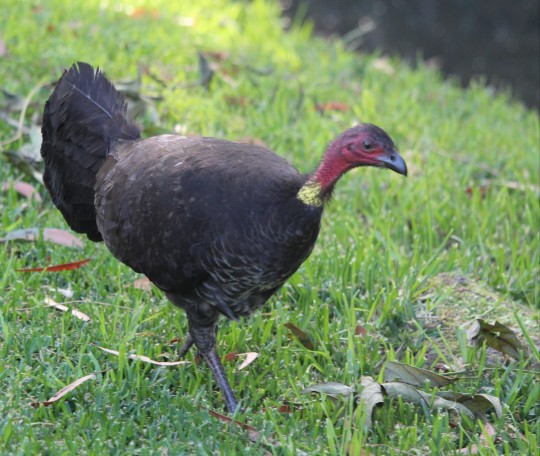
Second Roadtrip bird!
The Australian Brushturkey/gweela (Though we lovingly call them Bushturkeys)
These are a pretty common sight in Aussie caravan parks, I would say a vacation isn't complete if you don't see one.
32 notes
·
View notes
Text
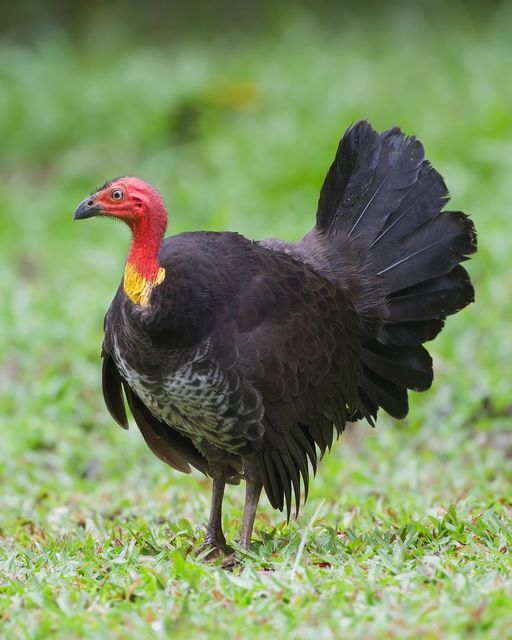
Australian Brushturkey (Alectura lathami), male, family Megapodidae, order Galliformes, Australia
Photograph by JJ Harrison
408 notes
·
View notes
Text
Backyard Loser Battle Royale (poll 10)
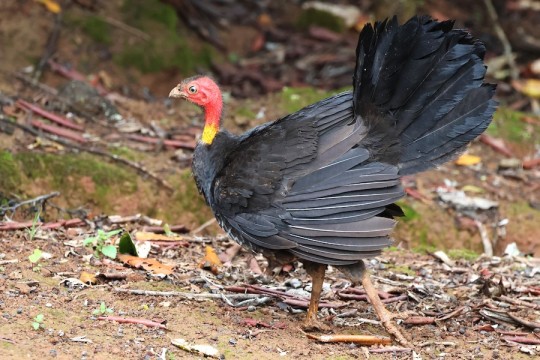
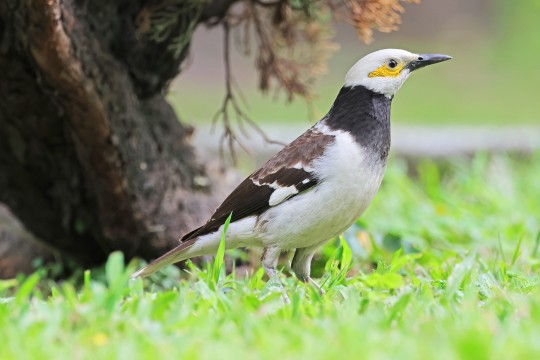
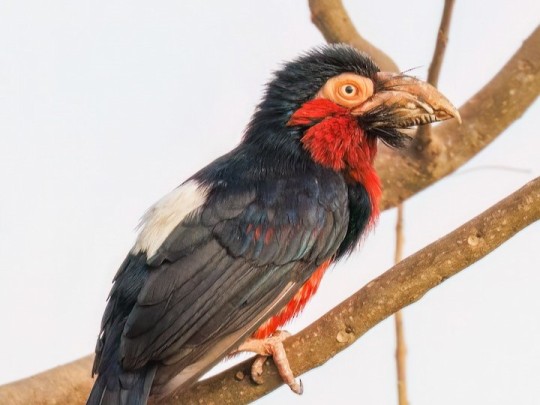
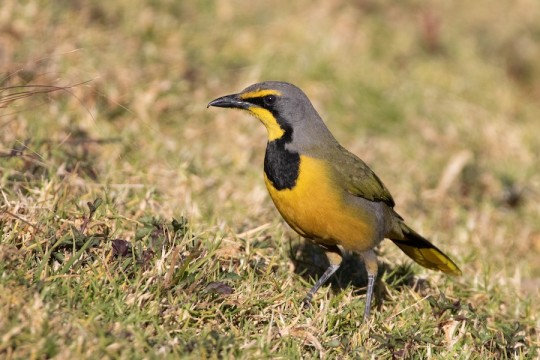

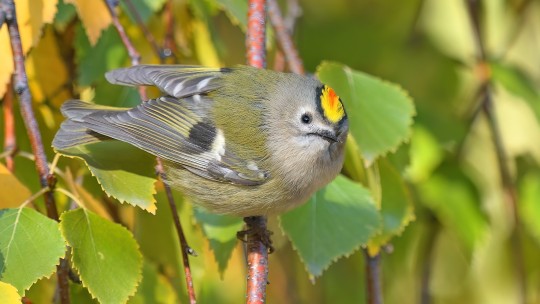
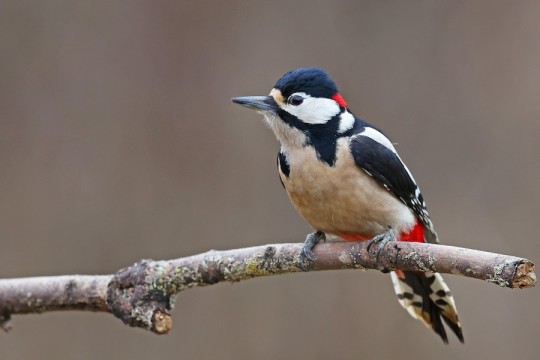
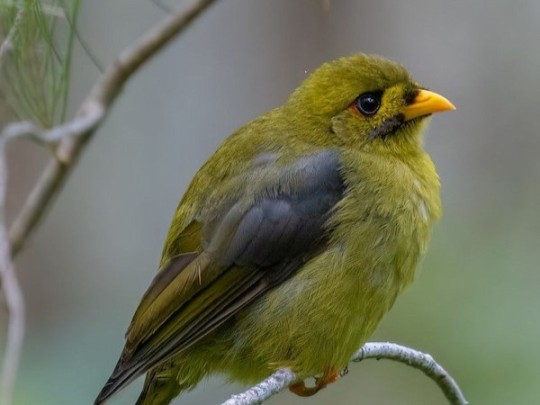
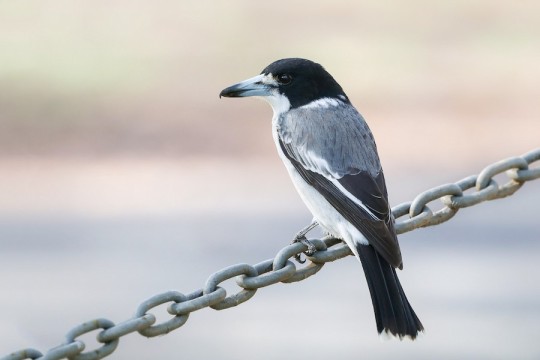
all images sourced from Macaulay Library (original polls contain source links)
#great backyard bird off#backyard loser battle royale#loser's bracket#bird poll#poll#bokmakierie#black redstart#bell miner#great spotted woodpecker#black collared starling#bearded barbet#australian brushturkey#grey butcherbird
39 notes
·
View notes
Text
24th of July 2024: Australian Brushturkey
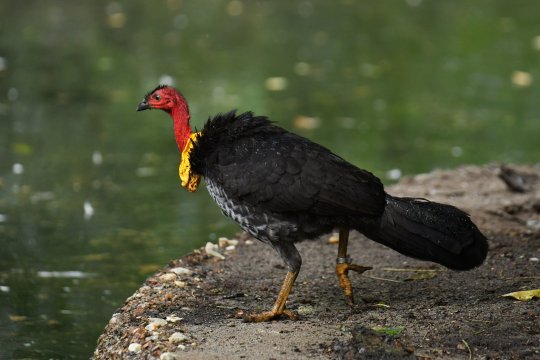
Here is a bird once described as an “enigmatic urban coloniser” [1]: the Australian Brushturkey (Alectura lathami). They’re one of Australia’s three megapodes and are 60-75 cm long [2].
Like many megapodes, they too do ground-nesting, brooding 50 eggs in a mound [2]. These mounds are prepared by the males, who may move up to 50 kg of earth daily to construct their nests [3], which are around 4m in diameter and 1 m high [2]. Once in place, Australian Brushturkeys follow a non-monogamous mating structure, wherein females will go from nest to nest to breed with the males and lay eggs in their mounds. This means the eggs of a previous male may end up in wrong nest, however it appears the males don’t really mind that much. In fact one male was even recorded taking over the mound of a deceased male without destroying any of the pre-existing eggs [4].
The male then broods the eggs for 49 days, maintaining a comfy temperature of around 35°C, using the heat given up by rotting plant matter [2]. Once the eggs hatch, the father fucks off and leaves the hatchlings to fend on their own. However, they are very mobile and can fly a few hours after hatching. In certain skills, such as ledge climbing they get worse as they age [3]. They also have innate responses to different types of predators, but this mostly seems to be connected to their size and positioning as opposed to recognising the specific animal (as cardboard controls also affected them similarly) [5].
After dispersing, Australian Brushturkey chicks prefer thicket to open forest, as these provide more cover to them [6]. In the night, they’ll go up high into the trees to roost [7]. Strangely enough though, in recent times they’ve been found more and more in urban settings, and while most seem to stay around the same area, some may travel up to 37 km, which would contradict the narrative of them being attached to specific sites and habitats [1].
Sources:
[1] [2] [3] [4] [5] [6] [7] [Image]
3 notes
·
View notes
Text
The Bush Turkey! Sometimes called Brushturkey, and also known as Gweela! They have such a striking colour palette, and I am still proud of the pose I drew for this pin. Look at the lines of those legs, elegant strut lol 😂
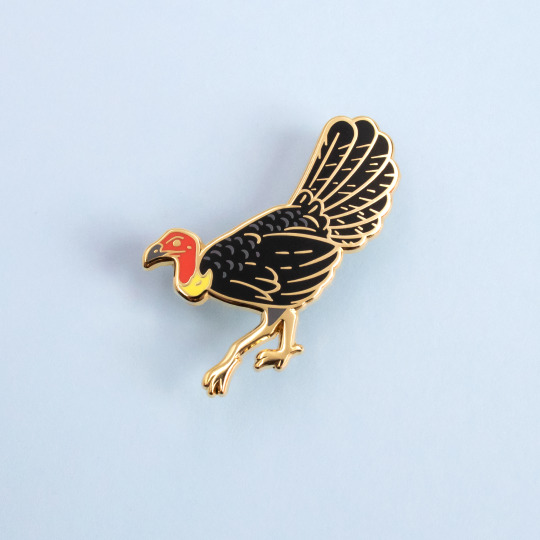
2 notes
·
View notes
Text
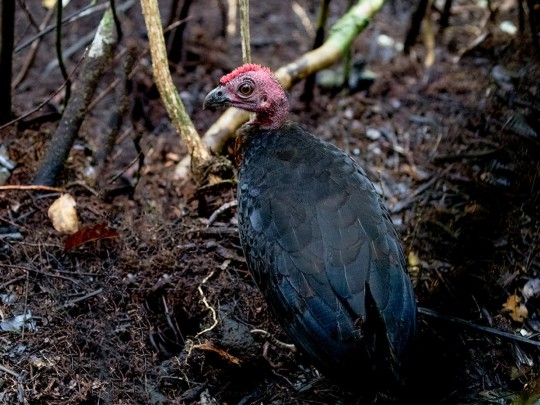
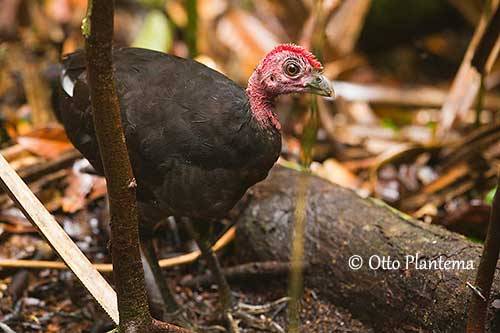
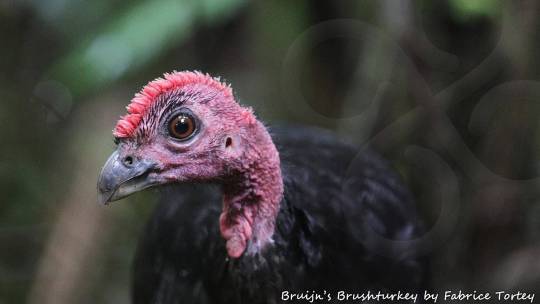
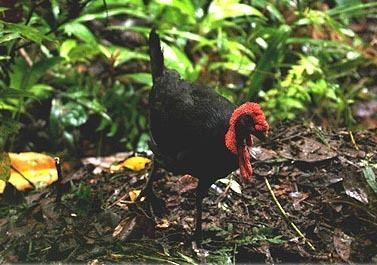
225) Aepypodius bruijnii; Nogal trójsoplowy, Waigeo brushturkey, Bruijn's brushturkey - duży (około 43 cm długości) brązowoczarny megapod z nagą czerwoną skórą twarzy, czerwonym grzebieniem, bordowym kuprem i kasztanowym brązem poniżej. Z tyłu głowy znajdują się dwa wydłużone czerwone podgardle, a na przednim pokładzie długi podgardle. Obie płci są podobne. Samica ma mniejszy grzebień i nie ma podgardla. Indonezyjski endemit, Waigeo brushturkey, zamieszkuje górskie lasy na wyspie Waigeo w Papui Zachodniej. Wcześniej znany z mniej niż dwudziestu pięciu okazów, ten mało znany gatunek został przeniesiony w 2002 roku. Nazwa upamiętnia holenderskiego kupca Antona Augusta Bruijna. Ptak ten jest zagrożony przez polowania, trwającą utratę siedlisk, małą liczebność populacji i ograniczony zasięg. Wcześniej był klasyfikowany jako gatunek narażony przez IUCN. Jednak nowe badania wykazały, że jest rzadszy, niż sądzono. W związku z tym w 2008 roku przyznano mu status gatunku zagrożonego.
0 notes

